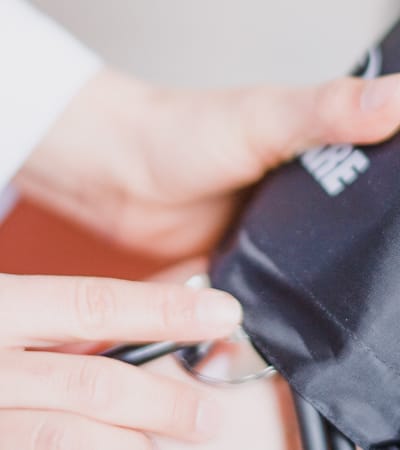Claw toe
Causes
Imbalanced foot muscles are the most common cause of claw toe. This occurs when the muscles in the toe contract too far, tightening the tendons and bending the joints. A number of factors lead to imbalance, including genetics, ill-fitting shoes, diabetic nerve damage, and arthritis.
Symptoms
There are two stages of claw toe. In the flexible stage, the toe is stiff but is still able to move. In the rigid stage, the toe is stuck and unable to move. In addition to the toe bending, symptoms include pain, swelling, blisters, corns, and calluses.
Diagnosis
A physician will usually conduct a physical exam and assess symptoms to diagnose claw toe. Further testing may be required to rule out neurological disorders that could cause imbalance or weakened muscles in the foot.
Treatment
Treatment depends on the stage of deformity. In early stages, new shoes or shoe inserts may be recommended. Taping, stretching, and exercises are also effective. In severe cases where the toe is bent in a locked position, surgery may be required.




